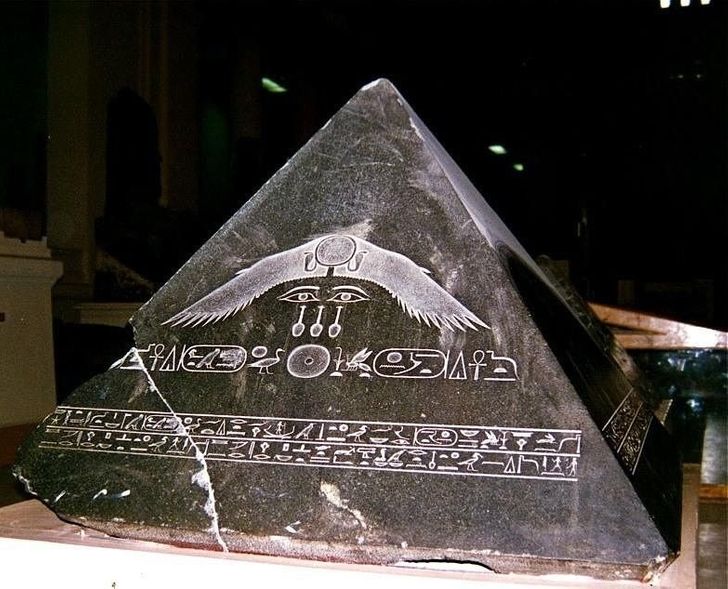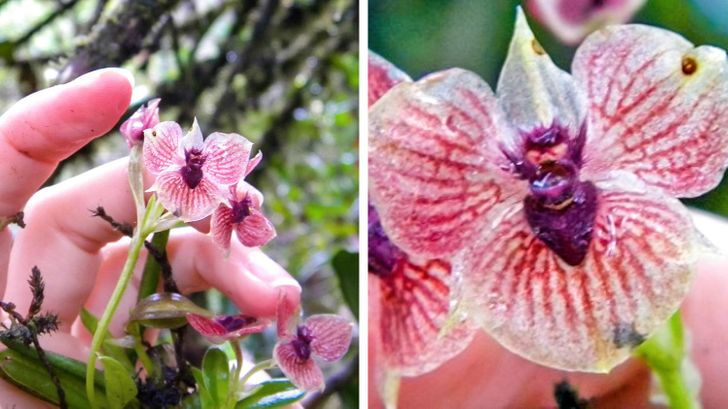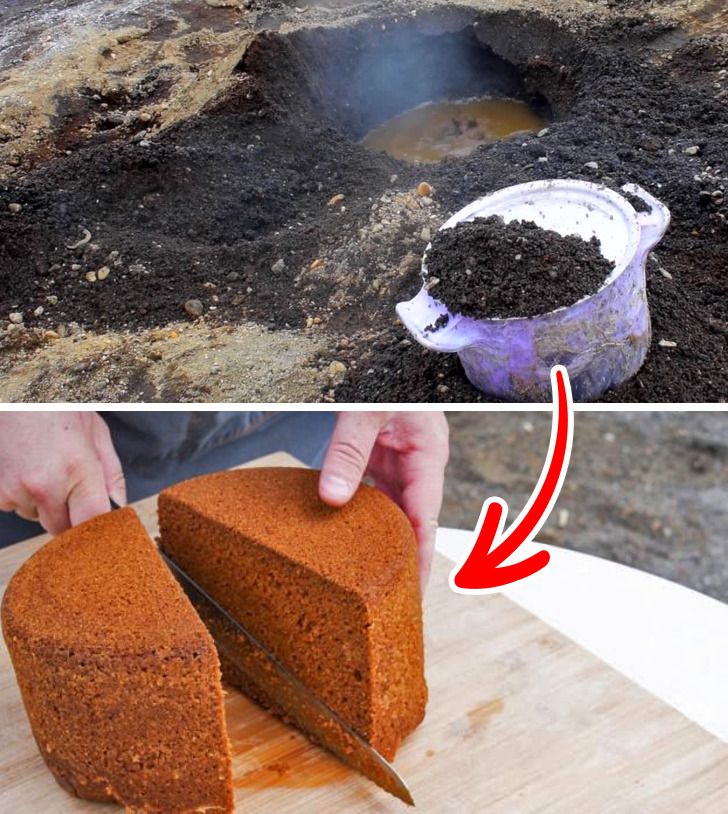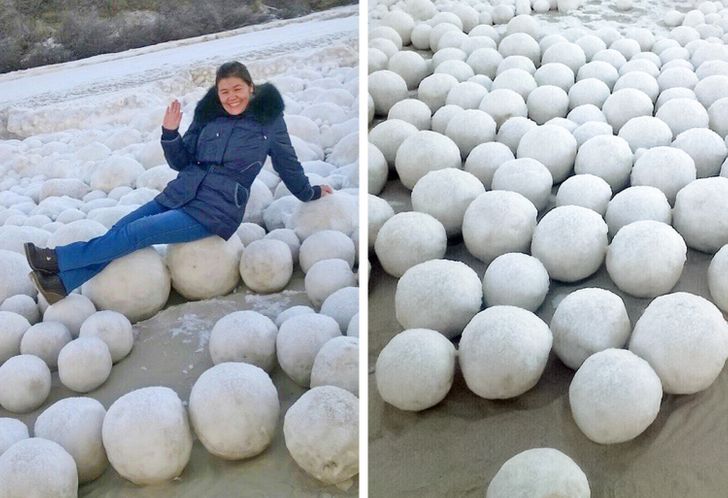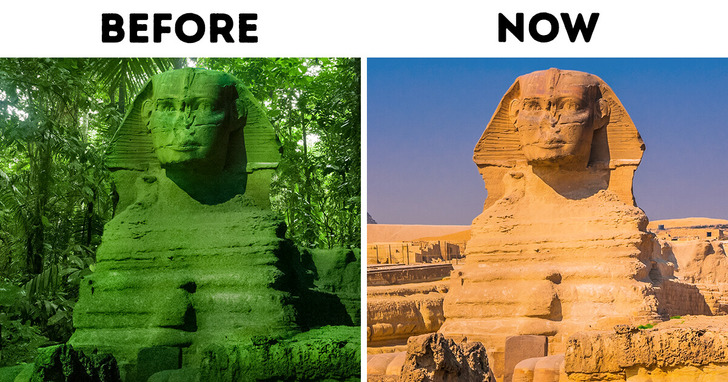We lived in Malawi & had avocado pear trees in our garden & our dogs used to eat them without any problems. We also had duiker (a small indigenous buck) in the garden & they also ate the avocados without problems.
10+ Facts That We Learned From National Geographic
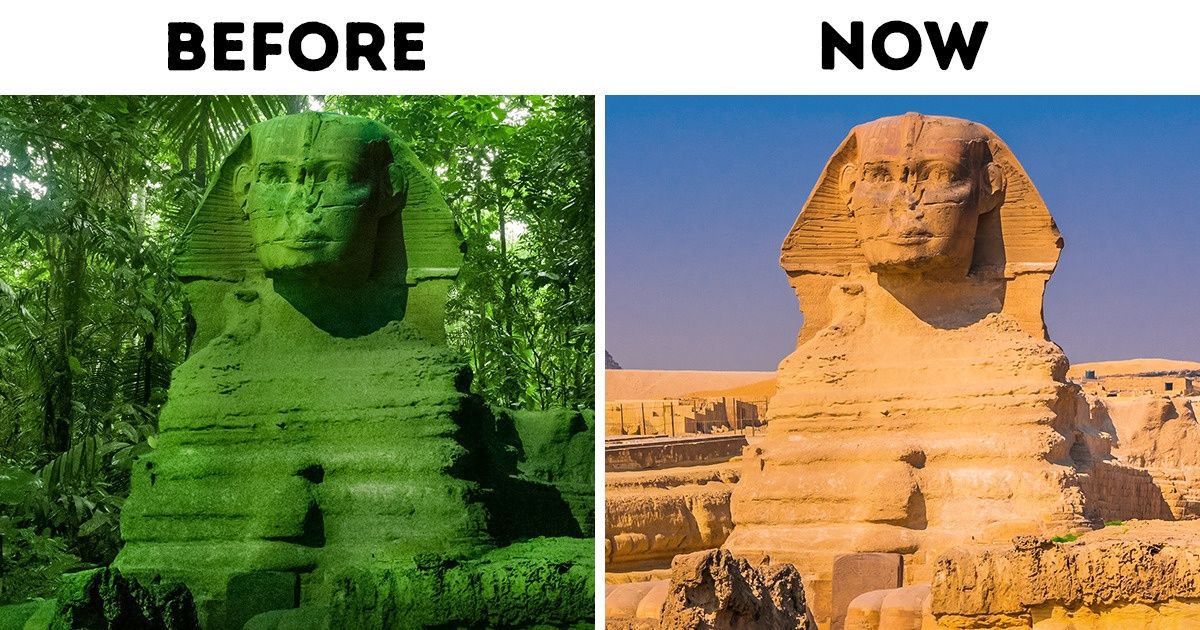
What is located on the top of the pyramids of Egypt? How is “volcano bread” made in Iceland? In which conditions can the rarest phenomenon in the world be seen? The process of looking for answers boosts people’s energy, makes them dream, and makes them feel like pioneers. That’s why we like to learn new things about ourselves and the world surrounding us so much.
1. This is what the top of one of the Egyptian pyramids looks like.
This is the Benben stone that was discovered in the temple of Phoenix. Ancient Egyptians considered the Phoenix a symbol of cyclical seasons and believed it had the ability to create and resurrect. According to scientists, Benben was located at Amenemhat III’s pyramid. The inscriptions on the stone are a prayer asking for the pharaoh to “see life again.”
2. If you feed canaries red food, they will change color.
There is a special pigment located in canaries’ wings that is responsible for their color. That’s why their feathers develop different tinges due to sun rays or the food consumed by the birds.
3. There used to be a musical composition in the Vatican that was performed once a year and was prohibited from being copied.
Allegri’s Miserere for 2 choirs used to be performed in the Vatican only once a year. The composition was carefully guarded, it was prohibited to copy it, and it was kept secret for almost 150 years. All this happened until a 14-year-old Mozart heard it once, wrote it down by ear and presented the composition to his sister Nannerl.
When the Vatican found out about it, they were astounded by how exact the copy was and Mozart was awarded the Order of the Golden Spur by the Pope himself.
4. There exists a rare and beautiful phenomenon called “cross sea”.
Cross sea is a very beautiful and rare phenomenon that happens when there are 2 wave systems in the sea moving at oblique angles. It might be beautiful from above, but if you get caught in these waves, your vessel can easily turn upside down or lose its way. These wave systems can also prevent you from being able to swim to the shore.
5. Tutankhamun’s beard fell off during a cleaning process in the Egyptian Museum in 2014.
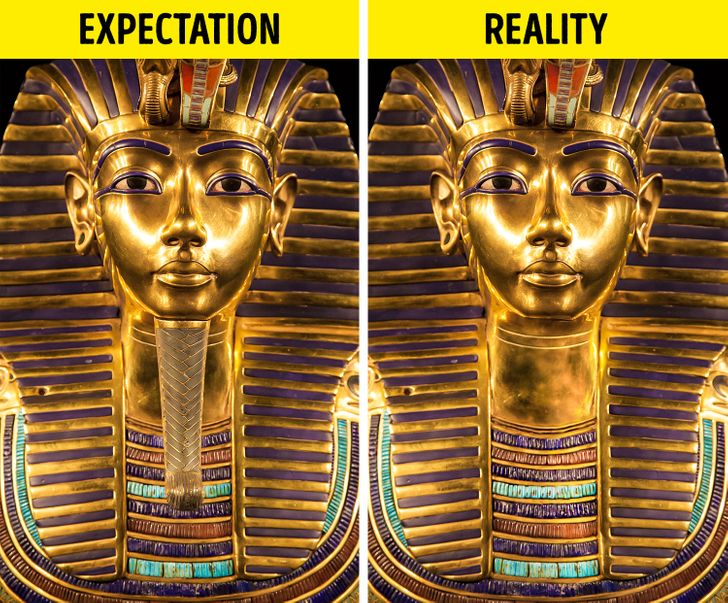
Pharaoh Tutankhamun’s burial mask, discovered in 1922, was ruined by employees of the museum in 2014. They attempted to glue it back with epoxy and used sharp metal tools in order to hide their mistake, which brought even more harm to the artifact.
6. Some types of orchids are called “devil’s plants” and it’s not for nothing.
The devil’s orchid (Telipogon diabolicus) was recently found in the forests of Colombia. This type is unique because of its appearance — you can see the image of a face with horns and red eyes resembling a devil in the middle of the flower. Unfortunately, you can’t buy this flower in a shop because it only grows in special conditions and is listed as a critically endangered plant species.
7. There exists a colorless rainbow that appears under certain conditions.
A fog bow, or white rainbow, is a very rare phenomenon that appears during fog (not rain like a normal rainbow). It can be seen only when there are very small drops with the radius up to 0.05 mm present in the atmosphere and if you stand with your back to the sun and look toward the fog. Interestingly enough, it can even appear at night when the moon in the sky is quite bright and then it’s called a moonbow.
8. GPS is free for the whole world but expenses for it are $2 million per day.
GPS, the global positioning system, operates worldwide with the help of 24 satellites. In order to maintain and service the satellites, the US government spends $750 million per year or about $2 million per day. According to the government, there is no personal profit in it. However, this system can help us avoid catastrophes and send help in case of an accident.
9. Penguin poo can change the ecosystem of Antarctica.
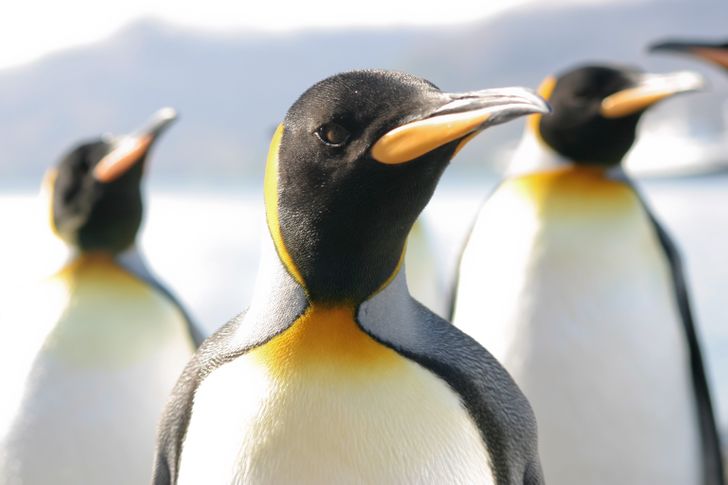
Penguins have produced more than 16 million pounds of rich nutrients for the plants in Antarctica within the last 5,000 years. Once the climate changes, these elements will help plants to cover frozen soil as well as help animals to survive
10. Avocados are poisonous. Just not for us.
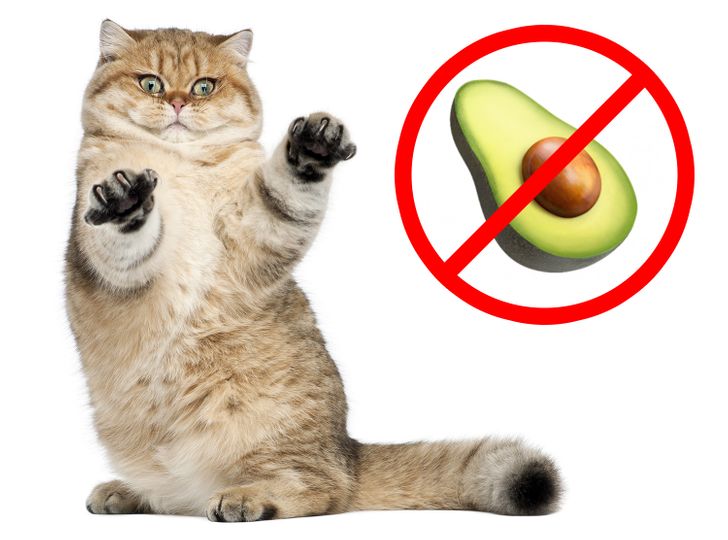
Strange enough, but avocados are toxic for almost everyone except humans. Avocado pits contain a poisonous acid called persin. A ground avocado seed can harm birds and many other animals, including big mammals, like horses and cows.
11. Iceland has a tradition of baking bread right in the ground.
Iceland is a country of geysers and volcanoes, and the local population has learned how to use them in their everyday life. One of the oldest recipes for baking “volcano bread” (hverabrauð) is used even today. The pot with the dough is placed into a hold dug in the soil near a geyser for 24 hours and a stone is put on the top of the mound. The temperature of the soil reaches 212°F, which is high enough for the dough to get baked.
12. In 2016, thousands of giant ice balls appeared along the shore on the Yamal Peninsula.
Experts at the Arctic and Antarctic Research Institute (AARI) say that this is a very rare phenomenon that happens due to strong winds that pick up snow, roll it into balls, and then polish them. The balls then collect together on the shore and can reach from the size of a tennis ball to almost 3 ft in diameter.
13. 6,000 years ago the Sahara turned from a thick forest into a desert.
Scientists say that only 6,000 years ago, the Sahara was covered with green pastures, grass, and trees but climate changes have turned the terrain into an arid desert.
Comments
Amazing!
De parte de Carlos Cohl
Russian fact is amazing
Why won't we die from avocados?
Related Reads
20+ Girls Who Finally Embraced Their Non-Standard Noses and Are Really Happy Now

10 Pictures That Can Test Your Intelligence

17 Ironic Comics From a Dad of 3 Who Knows What Paternity Leave Is All About

12 Hidden Purposes of Everyday Objects That Can Finally Cease Your Wondering

10 Stories That Prove Kindness Is the Ultimate Cure

I Refused to Take My Ex Back, and My MIL Made Sure I’d Regret It

15+ Mothers-in-Law Who Can Turn an Ordinary Day Into a Comedy Show

My Parents Cut Me Out of the Inheritance—Then Needed My Kindness to Survive

14 Mother-in-Law Moments That Became a Legendary Family Story

I Refuse to Let My Sick MIL Live With Us—I’m Not Her Free Caregiver

16 First Dates So Bad, They Should Be Turned Into a Comedy Movie

12 Stories That Show Kindness Doesn’t Need to Be Loud to Be Life-Changing

